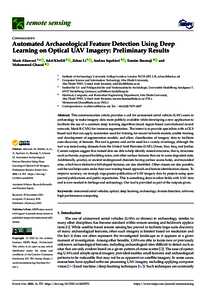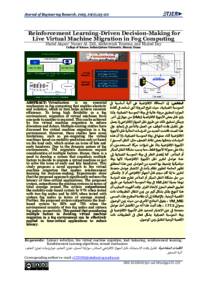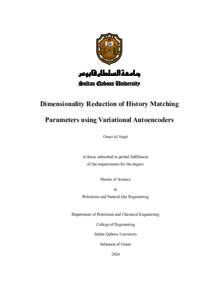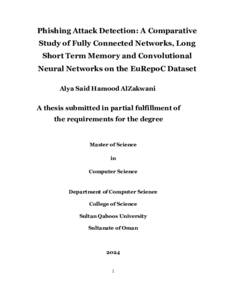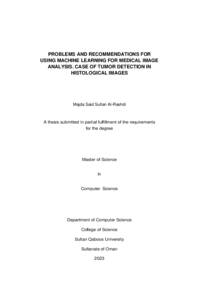Document
Automated archaeological feature detection using deep learning on optical UAV imagery : preliminary results.
Identifier
DOI: 10.3390/rs14030553
Source
Remote Sensing. v. 14, 3, 553
Contributors
Khelif, Adel., Author
Li, Zehao., Author
Squitieri, Andrea., Author
Basmaji, Tasnim., Author
Ghazal, Mohammed., Author
Country
Switzerland
Publisher
MDPI.
Gregorian
2022-02-01
Language
English
English abstract
This communication article provides a call for unmanned aerial vehicle (UAV) users in archaeology to make imagery data more publicly available while developing a new application to facilitate the use of a common deep learning algorithm (mask region-based convolutional neural network; Mask R-CNN) for instance segmentation. The intent is to provide specialists with a GUI-based tool that can apply annotation used for training for neural network models, enable training and development of segmentation models, and allow classification of imagery data to facilitate auto-discovery of features. The tool is generic and can be used for a variety of settings, although the tool was tested using datasets from the United Arab Emirates (UAE), Oman, Iran, Iraq, and Jordan. Current outputs suggest that trained data are able to help identify ruined structures, that is, structures such as burials, exposed building ruins, and other surface features that are in some degraded state. Additionally, qanat(s), or ancient underground channels having surface access holes, and mounded sites, which have distinctive hill-shaped features, are also identified. Other classes are also possible, and the tool helps users make their own training-based approach and feature identification classes. To improve accuracy, we strongly urge greater publication of UAV imagery data by projects using open journal publications and public repositories. This is something done in other fields with UAV data and is now needed in heritage and archaeology. Our tool is provided as part of the outputs given.
ISSN
2072-4292
Resource URL
Category
Journal articles

